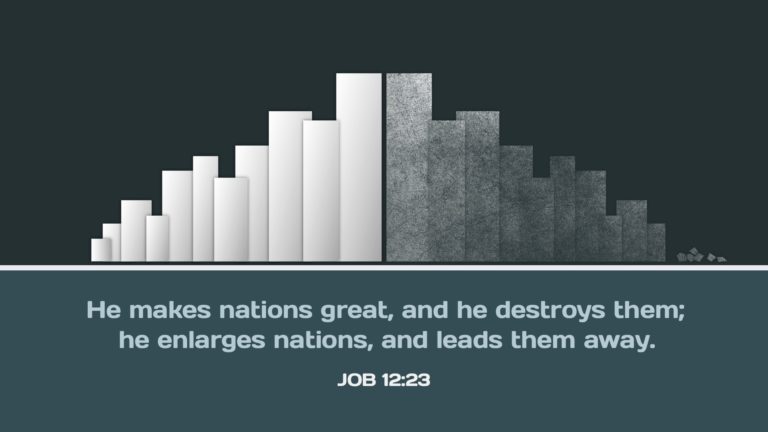The Christ & His Cross
| BY SEAN CAVENDER | Immediately after Peter testified of the identity of Jesus of Nazareth and the truth that Jesus was the Christ, Jesus began to teach of His death (Matthew 16:16-21). Jesus understood that His whole purpose in being sent to earth involved His death. Death was certain, yet it was not something…







